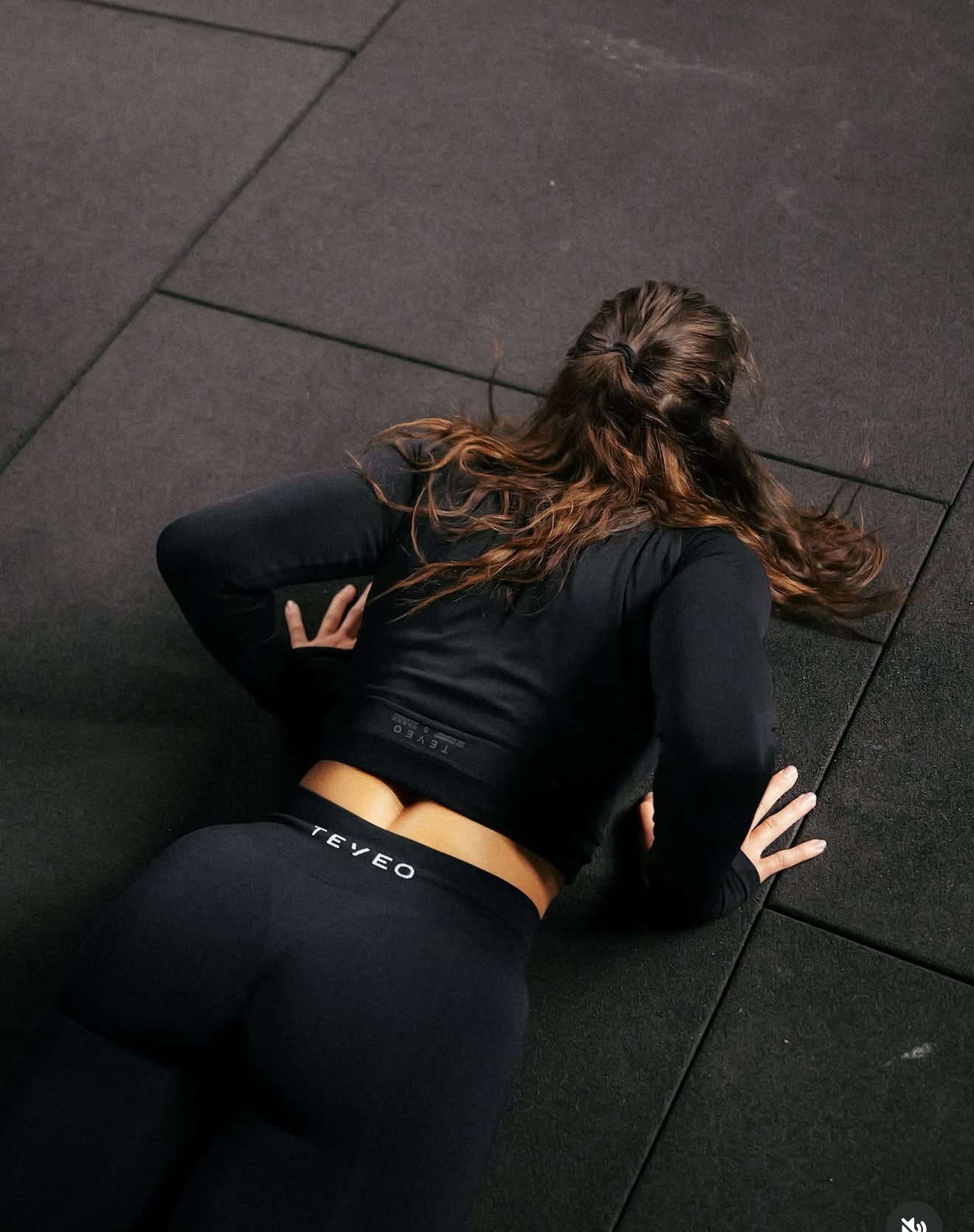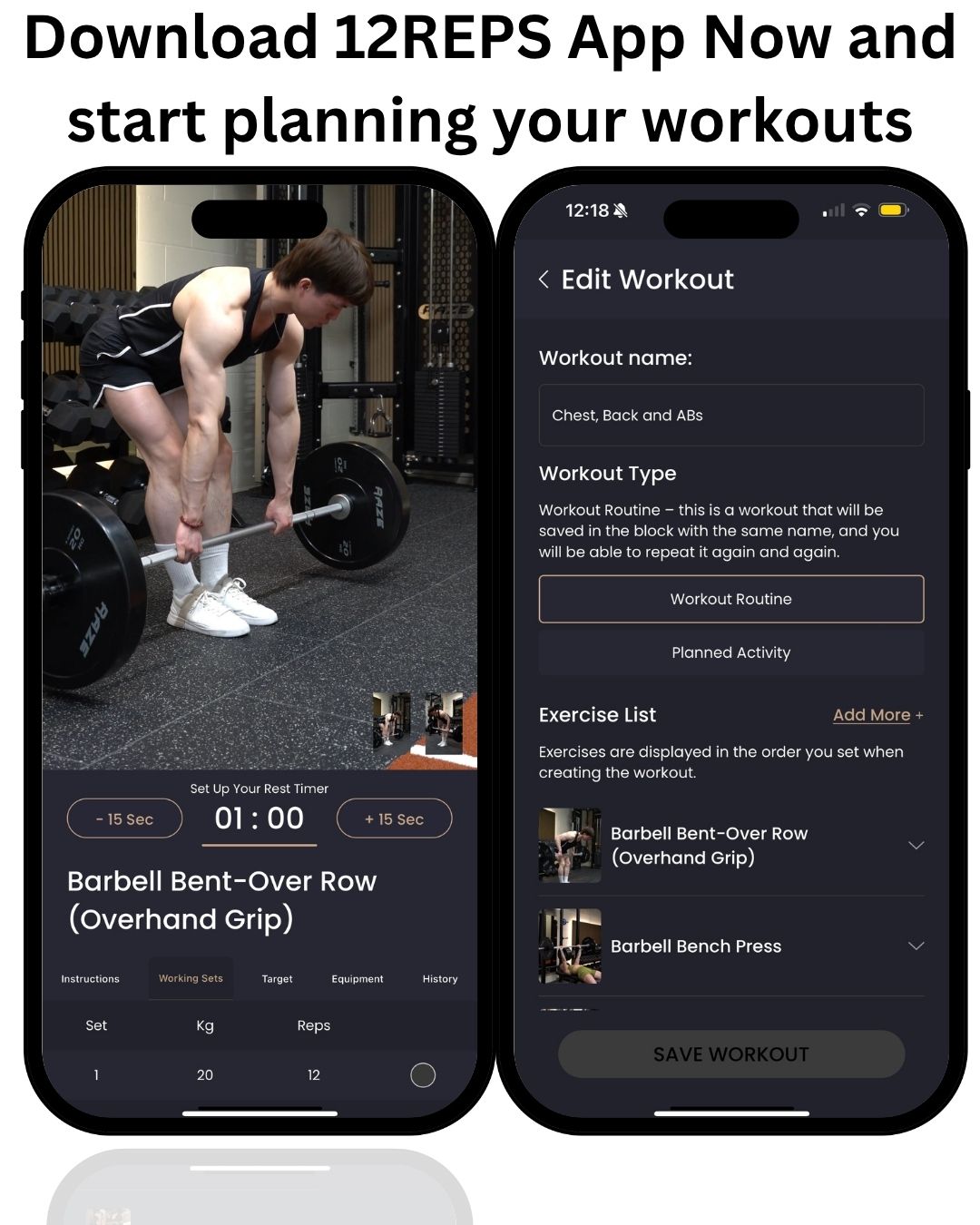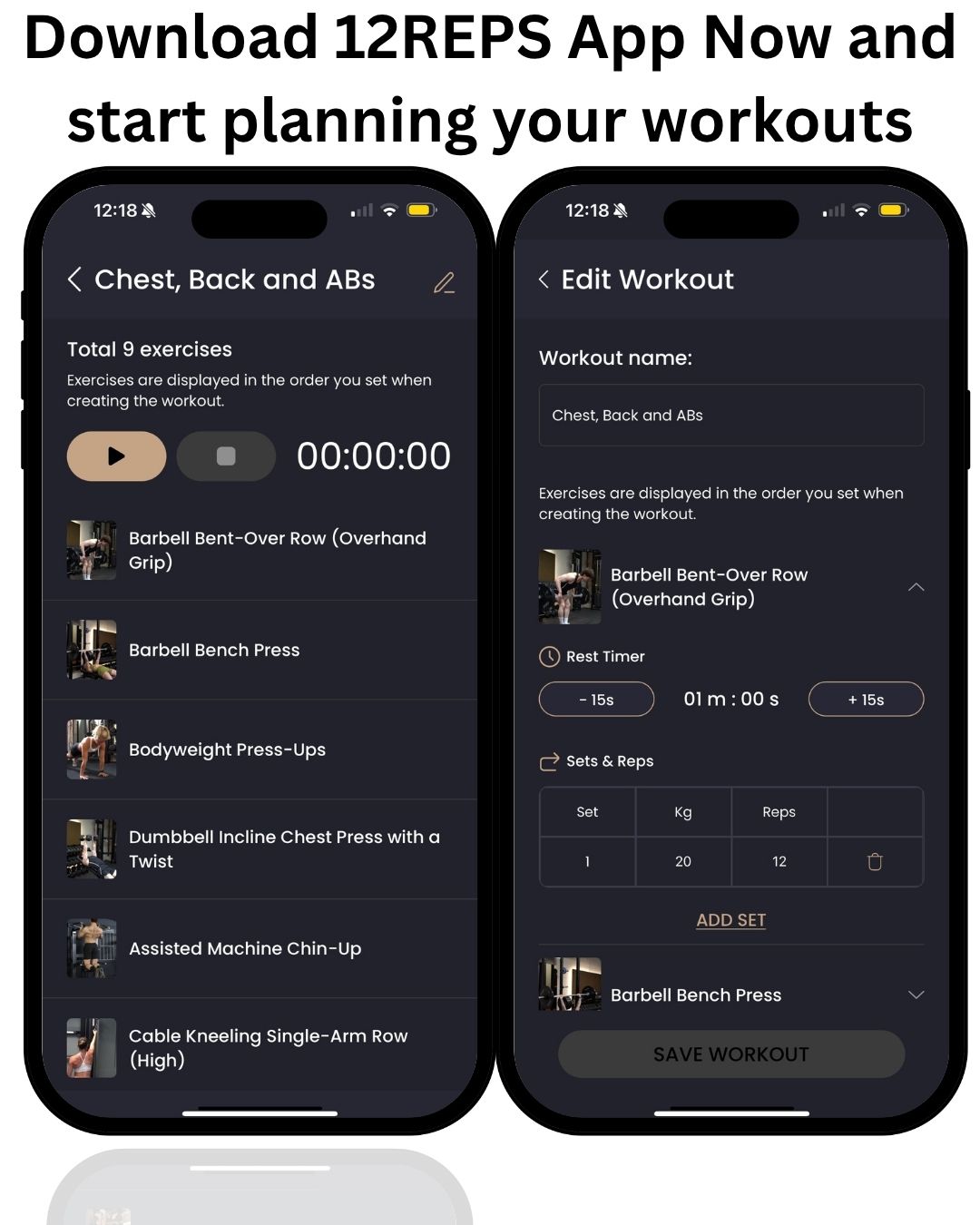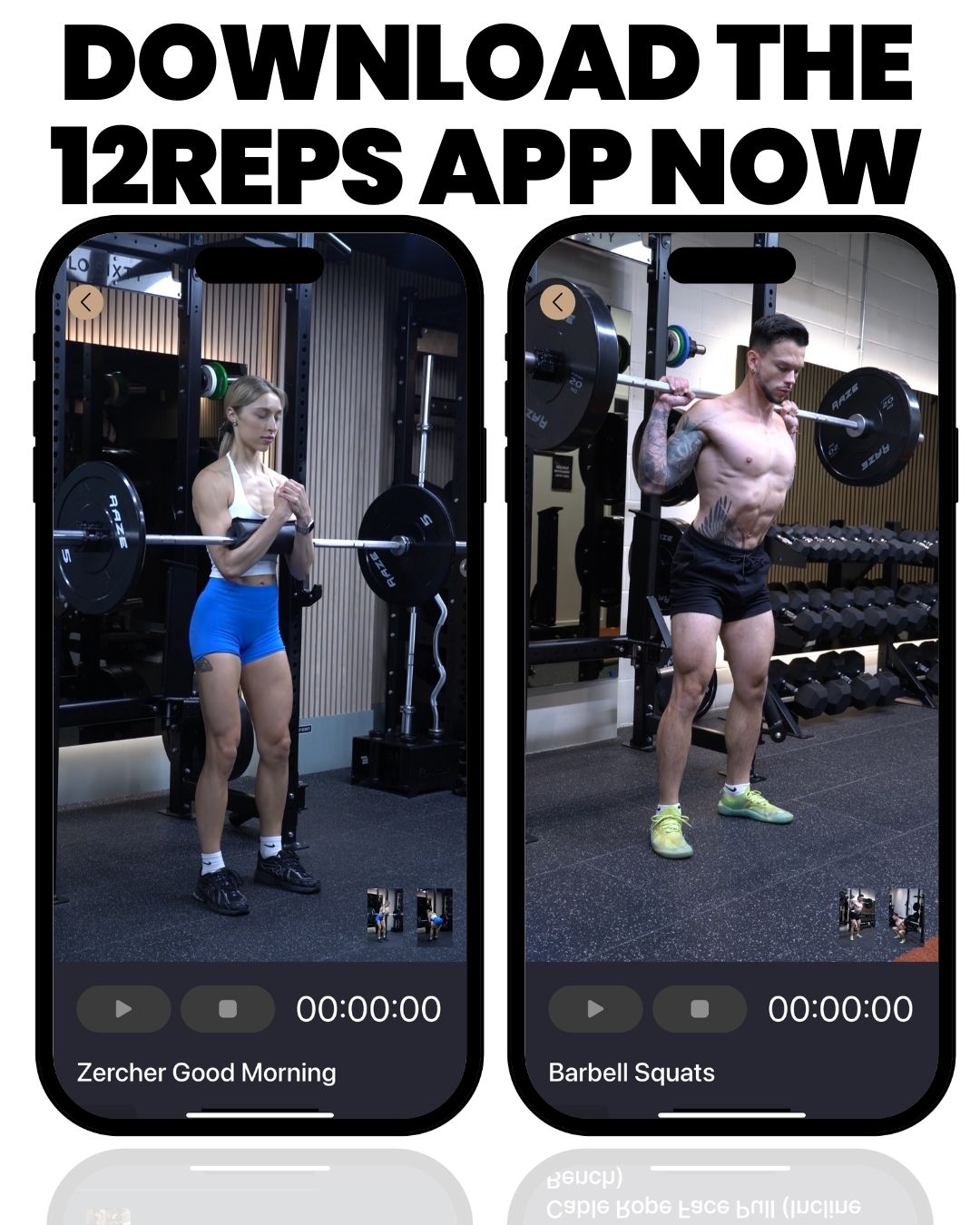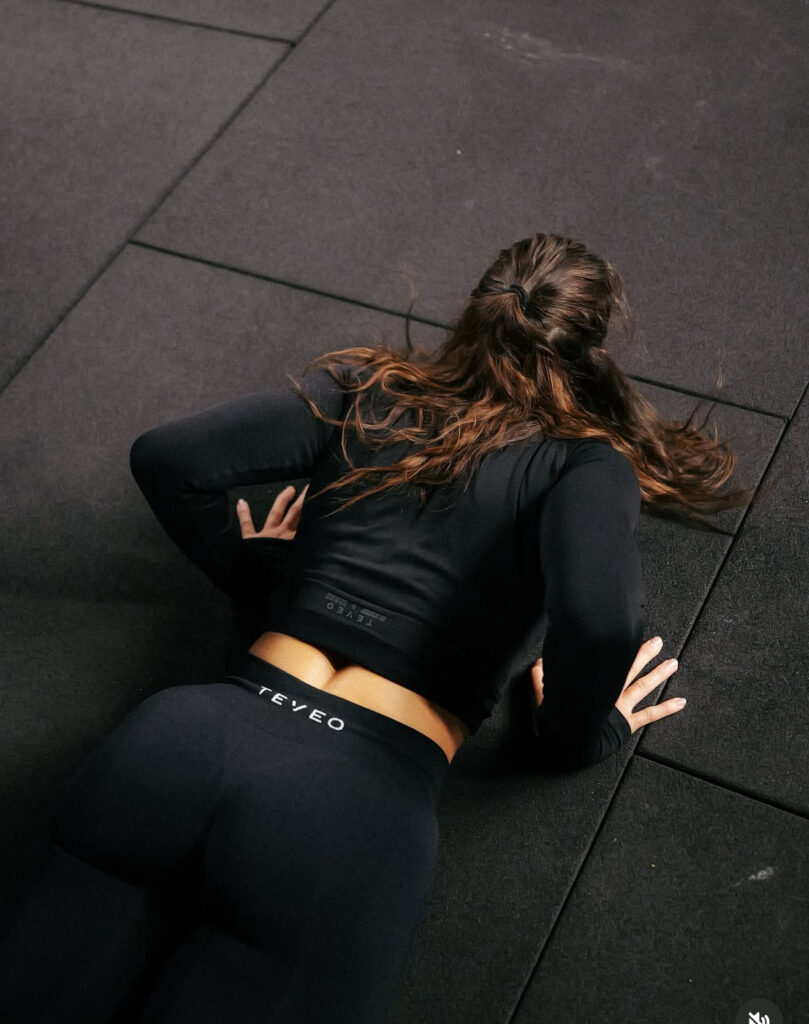By Will Duru, BSc (Hons) Sport and Exercise Science, Award-winning Personal Trainer with over 10 years of experience in strength training and optimising recovery.
You walk into the gym with a clear goal: to get healthier. You have 45 minutes to make it count. But then you face the classic gym dilemma: do you head for the treadmills or the dumbbell rack? This is a very common point of confusion, especially for women over 40. For years, we were told a simple story: cardio is for burning fat, and weights are for “bulking up.” This old-school thinking is not only outdated, but it is also misleading. It has caused many women to spend hours on the elliptical, wondering why they are not getting the results they want.
The truth is that both cardio and weights are important for your health. The best choice for you depends on what your main goal is. But the answer is not to pick one and forget the other. The best plan is a smart mix of both. However, for most women over 40, this article will show you why strength training should be your top priority. It is the most effective use of your valuable time. We will also show you how a tool like the 12reps app can help you create a plan that includes both types of exercise in a smart and effective way. It is time to move past the confusion and create a workout plan that truly works for your body today.

The Case for Prioritising Strength Training
For women over 40, the benefits of strength training are unique and powerful. While cardio is often seen as the go-to for weight loss because it burns calories during the workout, strength training plays a much bigger role in changing your body composition and boosting your metabolism in the long run. The main reason for this is that lifting weights builds lean muscle mass. Muscle is metabolically active tissue, which means it burns calories even when you are not exercising. The more muscle you have, the higher your resting metabolic rate (RMR) will be. This means your body becomes a more efficient calorie-burning machine, 24 hours a day. One study found that resistance training has a unique ability to increase your metabolism for hours after you finish your workout, an effect that is much smaller with steady-state cardio. [1]
But the benefits of lifting weights go far beyond just burning calories. One of the most critical health concerns for women as they age is the loss of bone density, which can lead to osteoporosis. Strength training is one of the best ways to fight this. When you lift weights, you put stress on your bones. This stress sends a signal to your body to build stronger, denser bones. Research has shown time and again that resistance training is a powerful tool for increasing bone density, especially in the hips and spine, which are common areas for fractures. [2] Furthermore, strength training dramatically improves your body’s ability to handle sugar by enhancing insulin sensitivity. This lowers your risk of developing type 2 diabetes. It also builds functional strength, which is the strength you need for everyday life. It makes it easier to carry groceries, lift your grandchildren, and move through the world with confidence and without pain. Think of strength training not just as an exercise, but as a long-term investment in your health, independence, and quality of life. It is the foundation for a strong and resilient body for all the years to come.
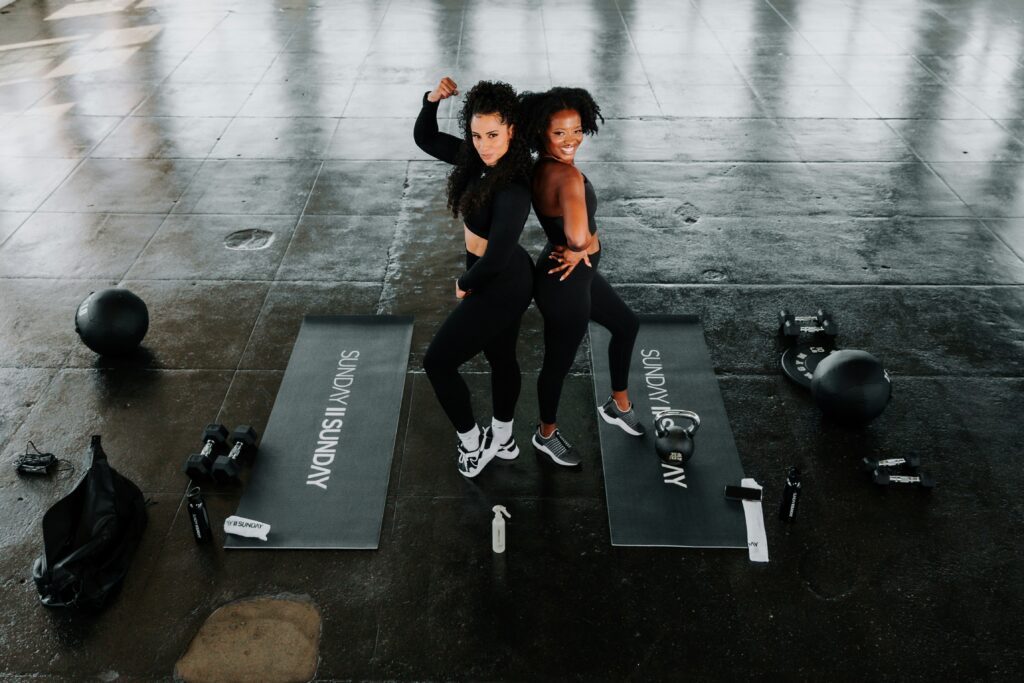
The Role of Cardio: It's More Than Just Burning Calories
Just because strength training should be the priority does not mean that cardio should be ignored. It is time to redefine the purpose of cardio in your fitness routine. While it is true that a cardio session can burn a good number of calories, its most important benefits are for your heart health, your endurance, and your mental well-being. Think of cardio as the exercise that builds a strong and efficient engine for your body. A healthy heart is able to pump blood more effectively, delivering oxygen and nutrients to all of your cells. This is vital for your overall health and energy levels.
The American Heart Association recommends that adults get at least 150 minutes of moderate-intensity aerobic activity or 75 minutes of vigorous-intensity aerobic activity per week. [3] This can be achieved through many different types of cardio. It is helpful to understand the two main categories. The first is steady-state cardio, which involves maintaining a consistent pace for a set period, like a brisk walk, a light jog, or a bike ride. This is great for building endurance and is generally low-impact. The second category is High-Intensity Interval Training, or HIIT. This involves short bursts of all-out effort followed by brief recovery periods. HIIT is very time-efficient and can provide a great cardiovascular workout in a shorter amount of time.
A smart fitness plan will likely include a mix of both types of cardio. The key is to make sure your cardio workouts are supporting your strength goals, not taking away from them. Doing too much high-intensity cardio can sometimes interfere with your body’s ability to recover from strength workouts, which can slow down your muscle-building progress. This is where a good tracking tool can be very helpful. Using a workout tracker like the 12reps app allows you to see your total activity for the week. It helps you balance your hard strength days with your cardio sessions, so you can get all the benefits without leading to burnout or overtraining.

Putting It All Together: The "Best of Both" Strategy
So, how do you create a weekly plan that gives you the best of both worlds? The key is to stop thinking in terms of “either/or” and start thinking in terms of a holistic, balanced plan. If your primary goals are to build muscle, lose fat, and improve your overall health, the most effective strategy is to prioritise strength training. A simple and highly effective recommendation is to schedule 3-4 strength training sessions per week. These sessions should focus on full-body workouts or a split routine that targets all your major muscle groups.
On the other days, you can incorporate your cardio. A great approach is to add 2-3 sessions of cardio per week. These can be done on your “off” days from strength training, or you can do a shorter cardio session after your weightlifting workout. This ensures that you are getting the heart health benefits of cardio without it interfering with your muscle recovery and growth. A sample week might look something like this:
- Monday: Full-Body Strength Training
- Tuesday: 30-minute brisk walk or light cycling (Active Recovery)
- Wednesday: Full-Body Strength Training
- Thursday: 20-minute HIIT session or another form of moderate-intensity cardio
- Friday: Full-Body Strength Training
- Saturday: Rest or light activity like stretching or a leisurely walk
- Sunday: Rest
This schedule makes strength training the centerpiece of your week while still providing plenty of time for cardiovascular work and, just as importantly, for rest and recovery. This is not a rigid template, but a flexible example that you can adapt to your own life and preferences. The goal is to create a sustainable routine that you can stick with. Ready to build a balanced plan that works for you? Download the 12reps app to schedule your weights and cardio sessions seamlessly and take the guesswork out of your training.
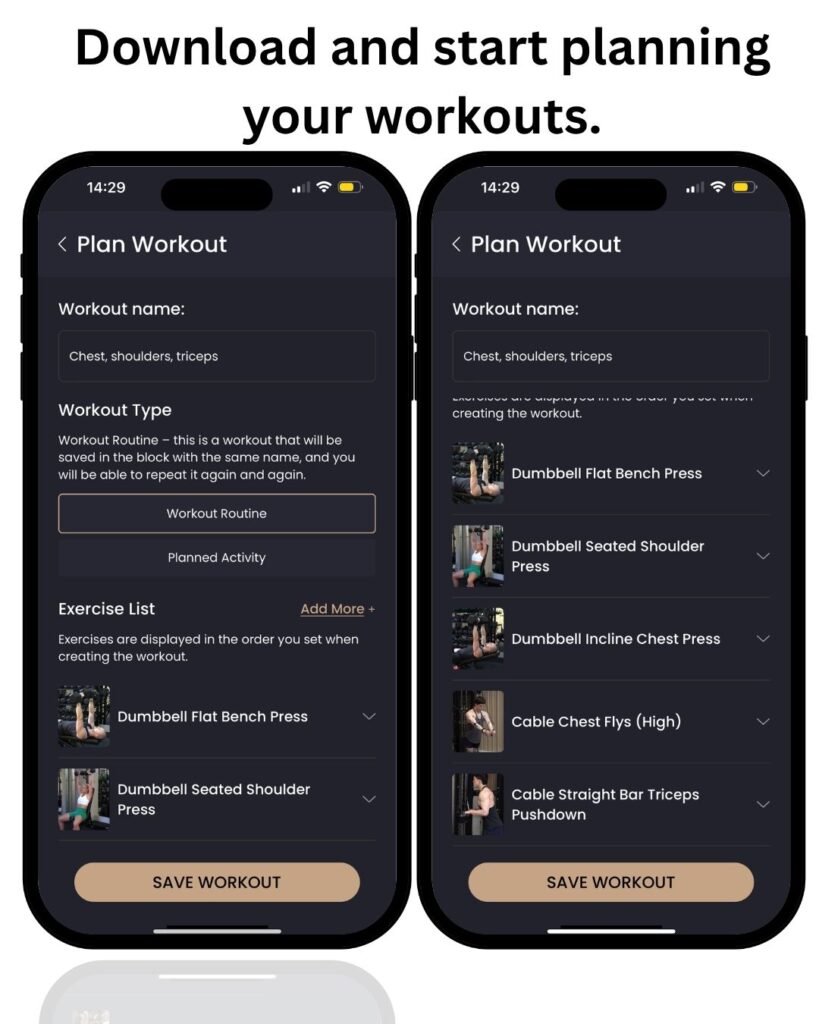
Conclusion
When it comes to the best use of your time in the gym after 40, the evidence points clearly in one direction. For women who want to boost their metabolism, build strong bones, and improve their functional strength for life, strength training should be the cornerstone of their fitness routine. It is the most powerful tool for creating a strong, resilient, and metabolically healthy body as you age. Cardio, in turn, plays a vital supporting role. It is essential for maintaining a healthy heart, building endurance, and supporting your mental well-being.
The debate is not about choosing one over the other. It is about making an informed choice that aligns with your specific goals. It is about moving beyond the outdated fitness myths that have held so many women back. You have the power to create a workout plan that is not only effective but also enjoyable and sustainable for the long term. Stop the guesswork and start training smarter. Get your personalised plan with a free trial of the 12reps app and discover the incredible benefits of a balanced fitness routine.
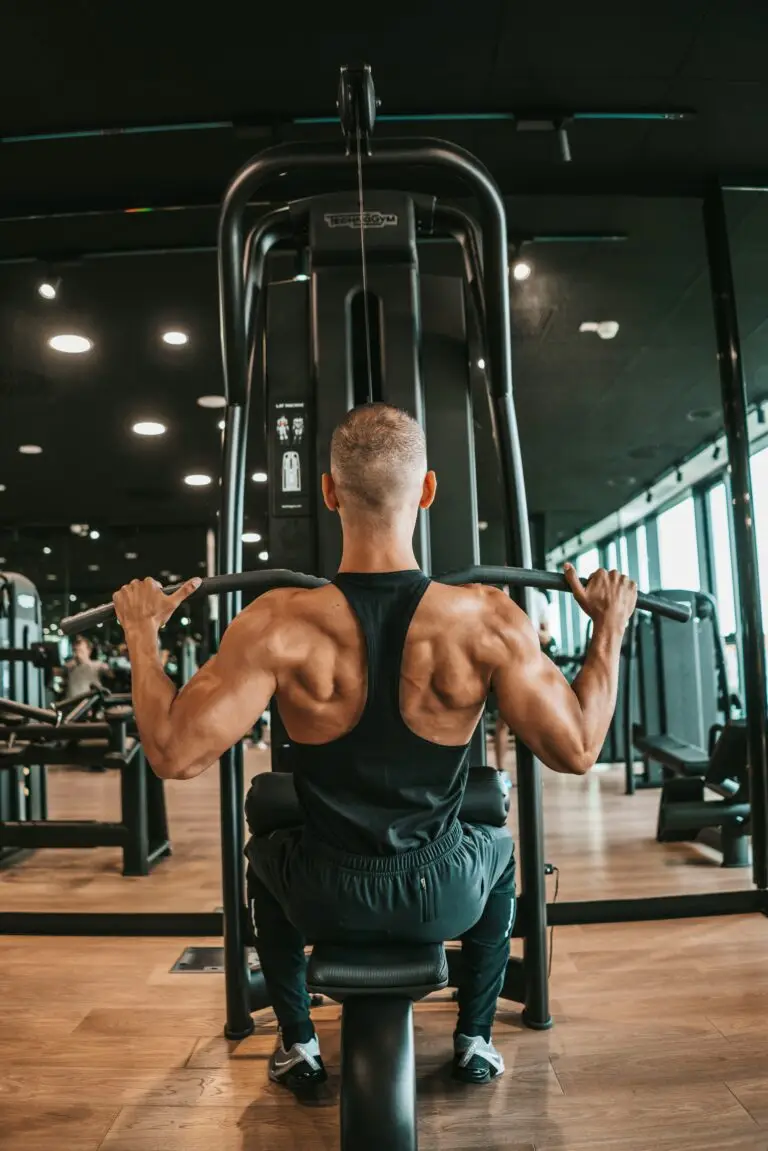
References
- [1] Willis, L. H., et al. (2012). Effects of aerobic and/or resistance training on body mass and fat mass in overweight or obese adults. Journal of Applied Physiology, 113(12), 1831-1837. https://pmc.ncbi.nlm.nih.gov/articles/PMC3544497/
- [2] Hong, A. R., & Kim, S. W. (2018). Effects of Resistance Exercise on Bone Health. Endocrinology and Metabolism, 33(4), 435-444. https://pmc.ncbi.nlm.nih.gov/articles/PMC6279907/
- [3] American Heart Association. (2024, January 19). AHA Physical Activity Recommendations for Adults. https://www.heart.org/en/healthy-living/fitness/fitness-basics/aha-recs-for-physical-activity-in-adults

